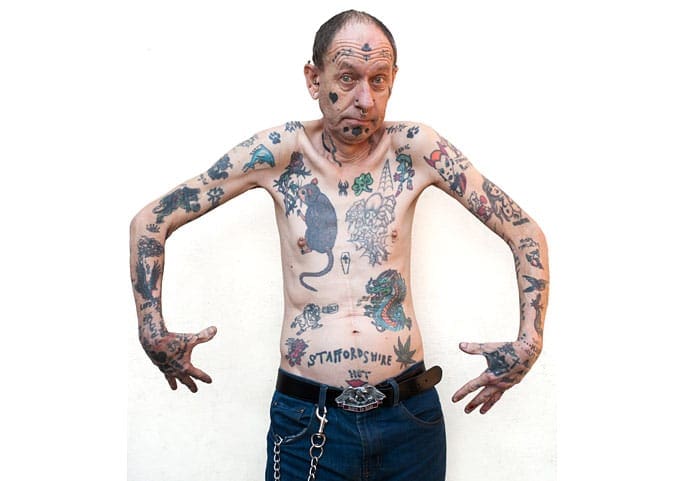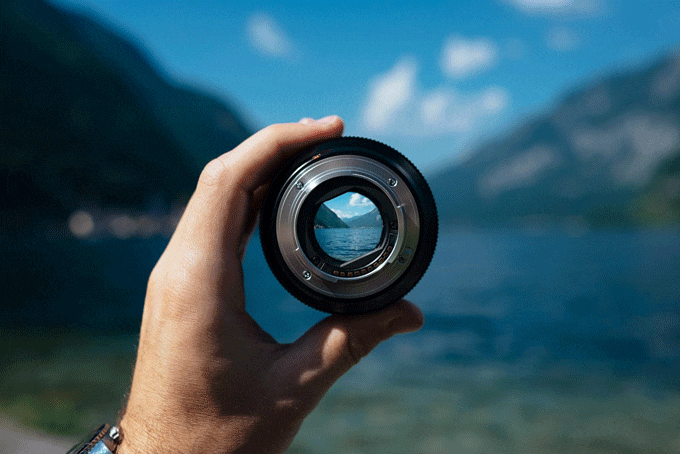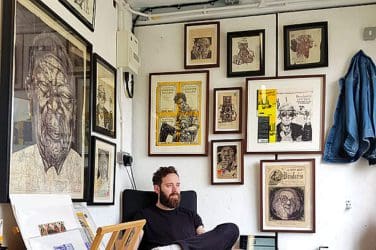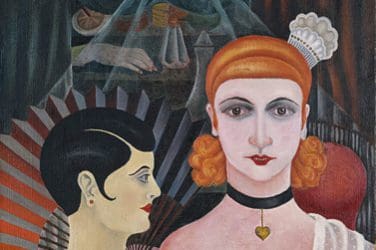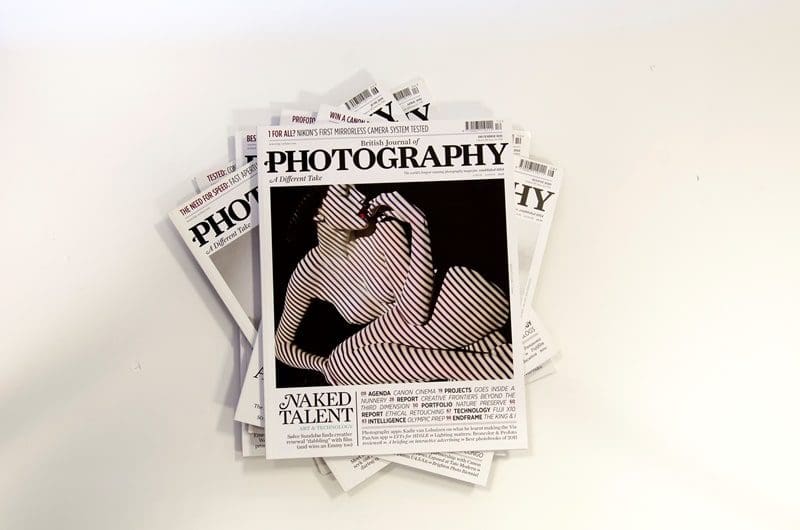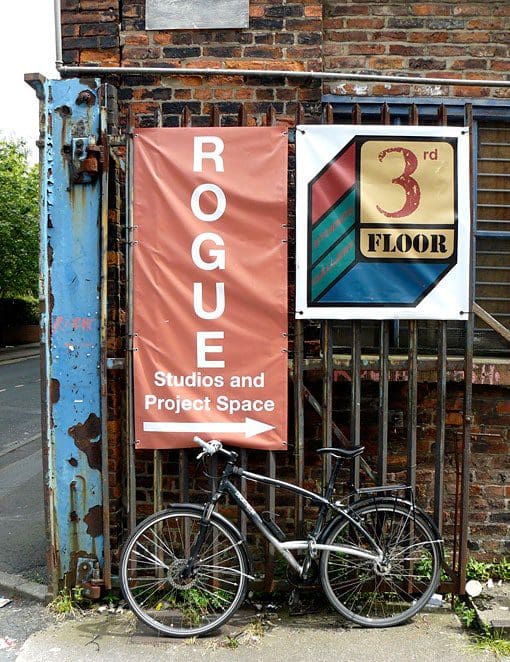words Alexa Wang
Italian art has long been the focal point of world history, containing some of the world’s most iconic works of art and architecture. The famous “boot’s” cultural progress and interchange has remained stable throughout the ages, leading to the continual production of massive and magnificent masterpieces in all sectors of culture and arts.
From the classical times to the magnificent eras of the Renaissance and Baroque and the pivotal Italian avant-garde progressions of the last century, Italian art reflects one of humanity’s most fabulous treasures.
The most famous Italian Period
Among these Italian art periods, the most renowned is the Renaissance period, which witnessed the creation of many famous and gorgeous handmade paintings by the world’s most creative painters. Italian Renaissance art is a painting that flourished from the early 15th to late 16th centuries in the Italian Peninsula. The Proto-Renaissance (1300–1425), the Early Renaissance (1425–1495), the High Renaissance (1495–1520), and Mannerism (1520–1600) are the four periods most commonly used to categorize Italian Renaissance painting.
Proto-Renaissance
The pre-Renaissance period in Italy (c.1300–1400) and the work of progressive painters like Giotto (1267–1337) are artistically known as the “Proto-Renaissance”. Giotto ranks respectably as a well-known herald of emergent symbolic art; this was masterfully crafted by highly talented painters throughout the Renaissance art era.
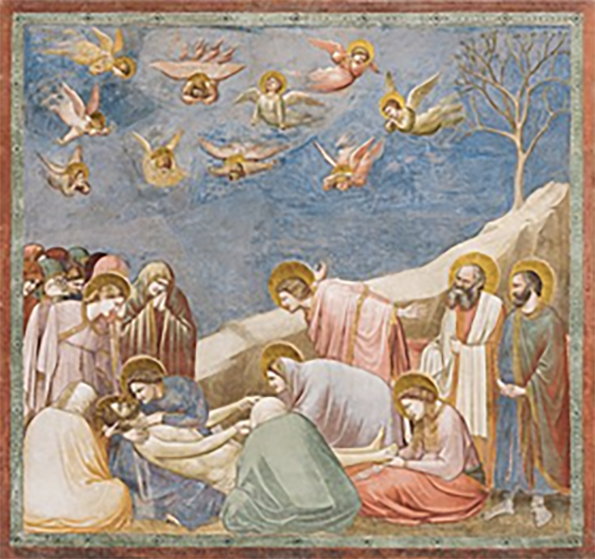
The Gothic idiom persisted long into the 15th century under the guise of the International Gothic style, which gained popularity in many of Europe’s royal courts. The principal kinds of art produced during the Proto-Renaissance era included relief sculpting, book illuminations, fresco mural painting, tempera panel painting, metalsmithing, and other metalwork.
Giorgio Vasari was among the first artists to recognize Giotto for reviving the authentic art of painting, introducing the drawing of nature, and returning Italian art to its former brilliance and prestige. He referred to the painter as the “Father of Painting”. As a result, Italian painting rose to prominence in Europe during Giotto’s time and remained so well into the 17th century.
Giotto, a student of Cimabue, first painted at Assisi’s Upper Church of San Francesco. Then, between 1304 and 1310, he produced the monumental cycle of biblical art in Padua’s Cappella Degli Scrovegni (Arena Chapel).
You can see his fantastic skill in some of his paintings, like The Betrayal of Christ (Kiss of Judas) and The Lamentation of Christ. These are two famous paintings from this art period.
The Early Renaissance
The Early Renaissance period in Italy marked the beginning of a cultural renaissance. It was a period in much of Europe’s history when the visual arts shifted dramatically from two to three dimensions, literally and metaphorically. In how figures were shown, some critical aspects of Early Renaissance painting concentrated on realism and naturalism.
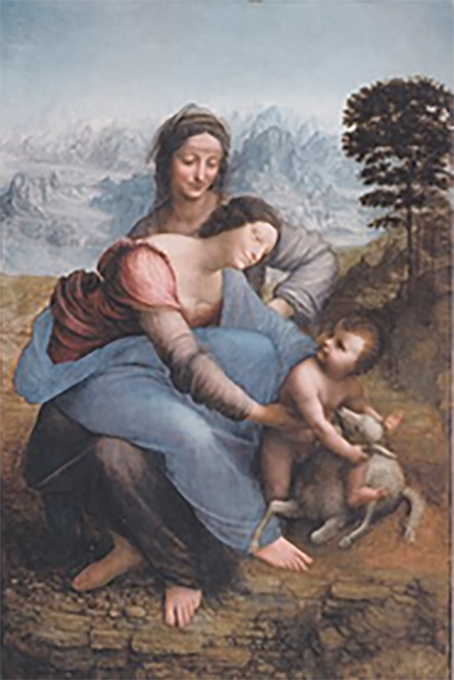
There’s a significant enhancement in-depth and symmetry to simulate a space sensation. This was accomplished through methods such as foreshortening and one-point perspective. Color and contrast also contributed to greater realism and dramatic emphasis, as seen by methods like chiaroscuro, which concentrated on shading between bright and dark parts to create depth.
While these artistic styles began to emerge during this era, they were refined during the subsequent High Renaissance period.
Donatello’s David and the Penitent Magdalene is one of the most famous pieces of art created during this period. Masaccio’s Madonna and Child with St. Anne and The Trinity are other well-known paintings from this period.
Michelangelo, Raphael, and Leonardo da Vinci’s High Renaissance Works
The High Renaissance period lasted from the end of the 15th to the beginning of the 16th century, was one of the most critical periods in art history and the brightest period in Italian history because of the brilliance of three men: Michelangelo, Raphael, and Leonardo da Vinci. Michelangelo, dubbed “the greatest sculptor in history”, was a master at depicting human figures, exuding an overwhelming sense of physical and spiritual force.
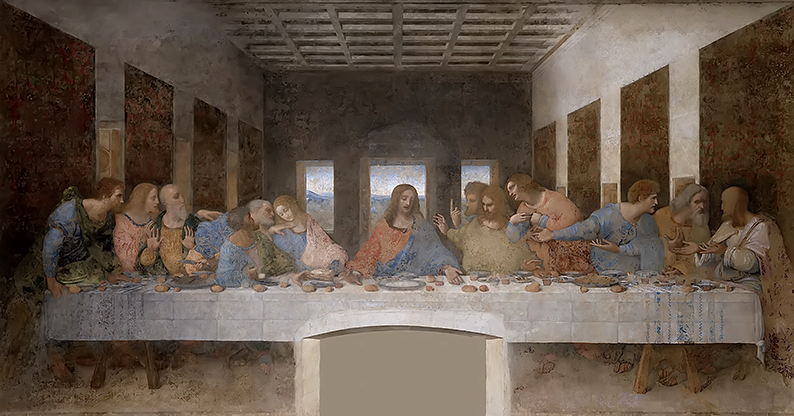
From 1508 to 1512, he painted a stunning fresco on the ceiling of the Vatican’s Sistine Chapel, considered one of the finest Renaissance artworks. Raphael’s painting, on the other hand, was more lyrical, as he was talented at constructing perspective and using delicate color. He is renowned for his original oil paintings of the Virgin Mary, and many of his artworks were inspired by classical Greek and Roman models.
Leonardo da Vinci’s The Last Supper and the Mona Lisa picture join The Sistine Chapel paintings on the list of the most famous hand-painted portraits of Italian Renaissance art, establishing him as unquestionably the greatest thinker of his time and beyond. Da Vinci was a remarkable genius who learned by looking at things in many fields. He was a symbol of the Renaissance ethos of study and intellectual curiosity.
His research into light, anatomy, landscape, and human expressions remain unrivaled by any other artist in the world.
There were many classical paintings that are now popular as people that create famous oil painting reproductions. You can find many of these oil painting reproductions online at the 1st-art-gallery.com, which is the world’s largest supplier of hand-painted oil paintings!
Artworks of Mannerism
Mannerism arose as a response to Renaissance art’s harmonious classicism and admired realism; these are widely associated with the legendary Leonardo da Vinci, Raphael, and Michelangelo in the twilight years of the 1600s. Michelangelo established the norms of formal intricacy, and Raphael established the standard of idealized beauty in the graphics of human nudity.
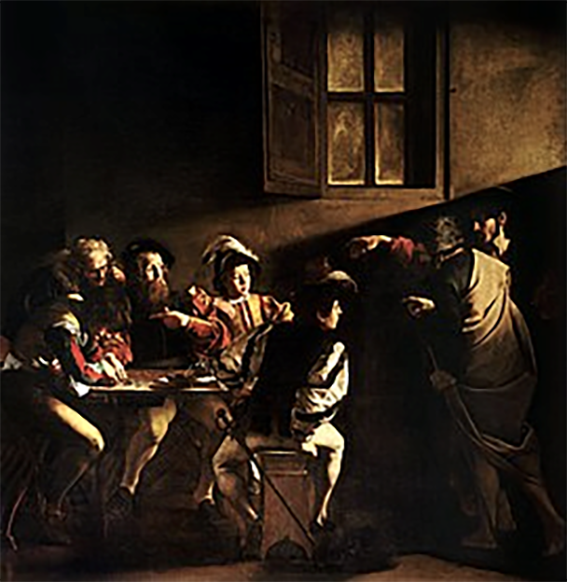
However, in the work of these painters’ Mannerism followers, a fixation with style and skill in figural composition sometimes overshadowed the significance and meaning of the subject matter in their handmade oil paintings.
Conclusion
Italy’s artists, galleries, museums, and movements have always been inextricably linked with intellectual and religious currents, reflecting contemporary ideas and leaving an unparalleled, endless heritage. Italy, a country where life is regarded as a form of art, continues to contribute to the richness and enrichment of its own culture as well as the culture of the world, celebrating the richness and relevance of its history.














